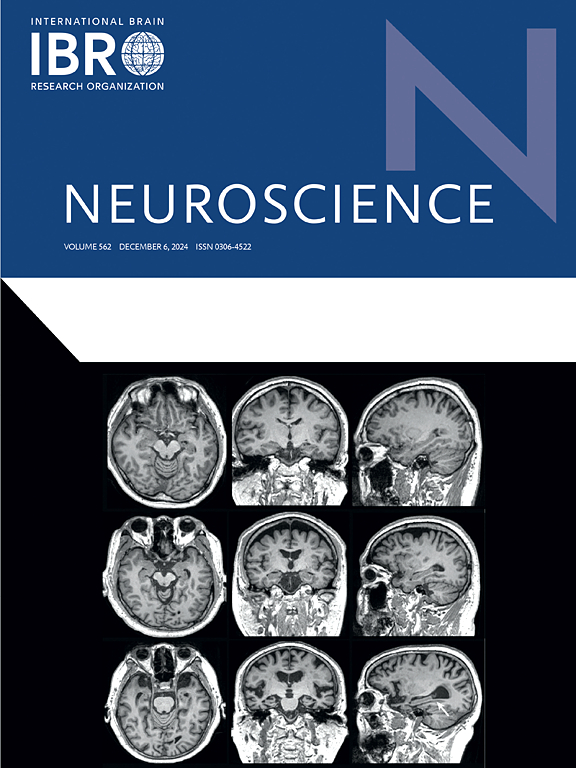青年和中年APPSwe/PS1De9小鼠代谢物和肠道微生物群的比较
IF 2.9
3区 医学
Q2 NEUROSCIENCES
引用次数: 0
摘要
该研究重点探讨了阿尔茨海默病(AD)不同阶段肠道微生物群和代谢物之间的差异和关系,特别是使用6个月和10个月大的APP/PS1小鼠。为了评估血清和皮层中的代谢物,以及盲肠内容物中的肠道微生物群,分别使用了UPLC-MS/MS和16S rRNA测序技术。研究结果表明,与年轻小鼠相比,血清中l -亮氨酸、胸腺嘧啶和氨基葡萄糖6-磷酸的浓度较低,而山梨醇和棕榈酸的水平较高。此外,ACE和Chao1指数在老年队列中显著下降。在门水平上,拟杆菌门的相对丰度呈下降趋势,而放线菌门和TM7细菌的相对丰度在中年人群中呈上升趋势。本研究的新颖之处在于,在比较年轻和老年APP/PS1小鼠时,我们发现血清和皮层内的肠道微生物群和代谢物都有显著的变化,强调了代谢物和肠道微生物群在AD进展过程中的重要联系。这些结果表明,控制代谢物和肠道菌群可能是预防和管理AD的重要策略。本文章由计算机程序翻译,如有差异,请以英文原文为准。
Comparisons of metabolites and gut microbiota profiles for both young and middle-aged APPSwe/PS1De9 mice
The research focused on exploring the differences and relationships between gut microbiota and metabolites at various stages of Alzheimer’s disease (AD), specifically using APP/PS1 mice at the ages of 6 months and 10 months. To assess metabolites in serum and cortex, and to evaluate gut microbiota profiles in cecal content, UPLC-MS/MS and 16S rRNA sequencing techniques were utilized, respectively. Findings indicated that, in comparison to younger mice, serum concentrations of L-Leucine, thymine, and Glucosamine 6-phosphate were lower, whereas levels of Sorbitol and Palmitic acid were higher. Furthermore, measurements of the ACE and Chao1 indices significantly declined in the older cohort. At the phylum level, the relative abundance of Bacteroidetes showed a decline, while there was an increase in Actinobacteria and TM7 bacteria among the middle-aged subjects. The novelty of this study is we found there were notable alterations in both gut microbiota and metabolites within serum and cortex when comparing young and older APP/PS1 mice, emphasizing the important connections between metabolites and gut microbiota throughout the progression of AD. These results indicate that manipulating metabolites and gut flora may serve as a vital strategy for the prevention and management of AD.
求助全文
通过发布文献求助,成功后即可免费获取论文全文。
去求助
来源期刊

Neuroscience
医学-神经科学
CiteScore
6.20
自引率
0.00%
发文量
394
审稿时长
52 days
期刊介绍:
Neuroscience publishes papers describing the results of original research on any aspect of the scientific study of the nervous system. Any paper, however short, will be considered for publication provided that it reports significant, new and carefully confirmed findings with full experimental details.
 求助内容:
求助内容: 应助结果提醒方式:
应助结果提醒方式:


